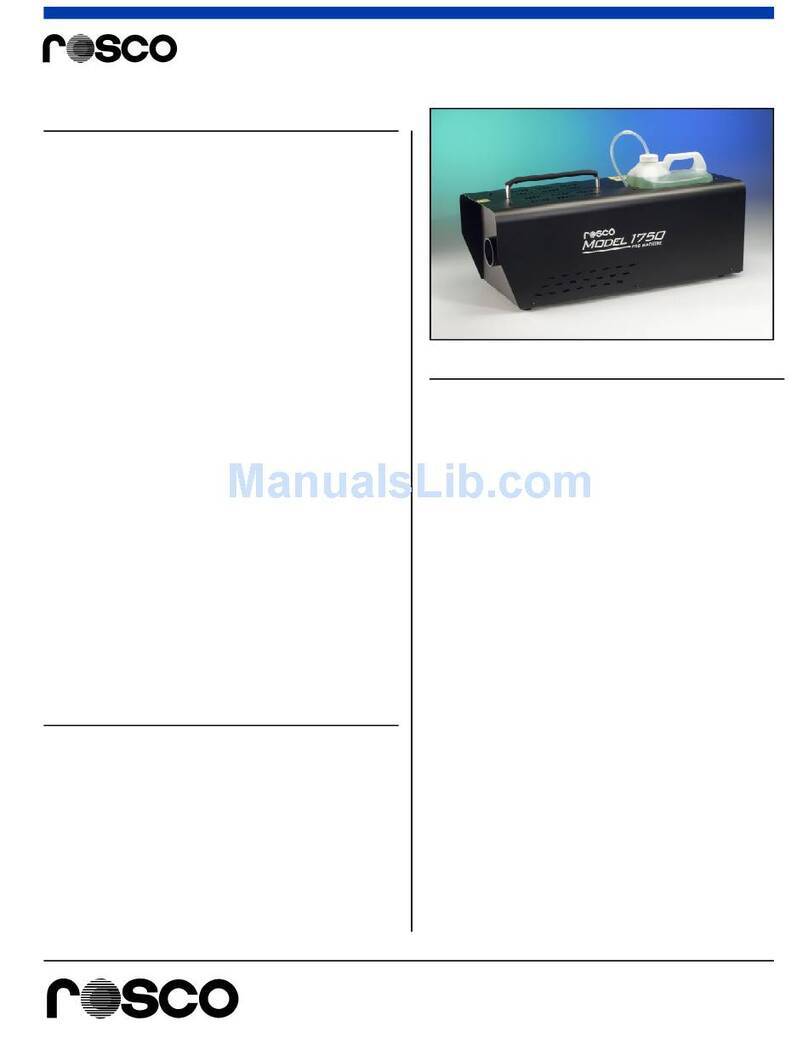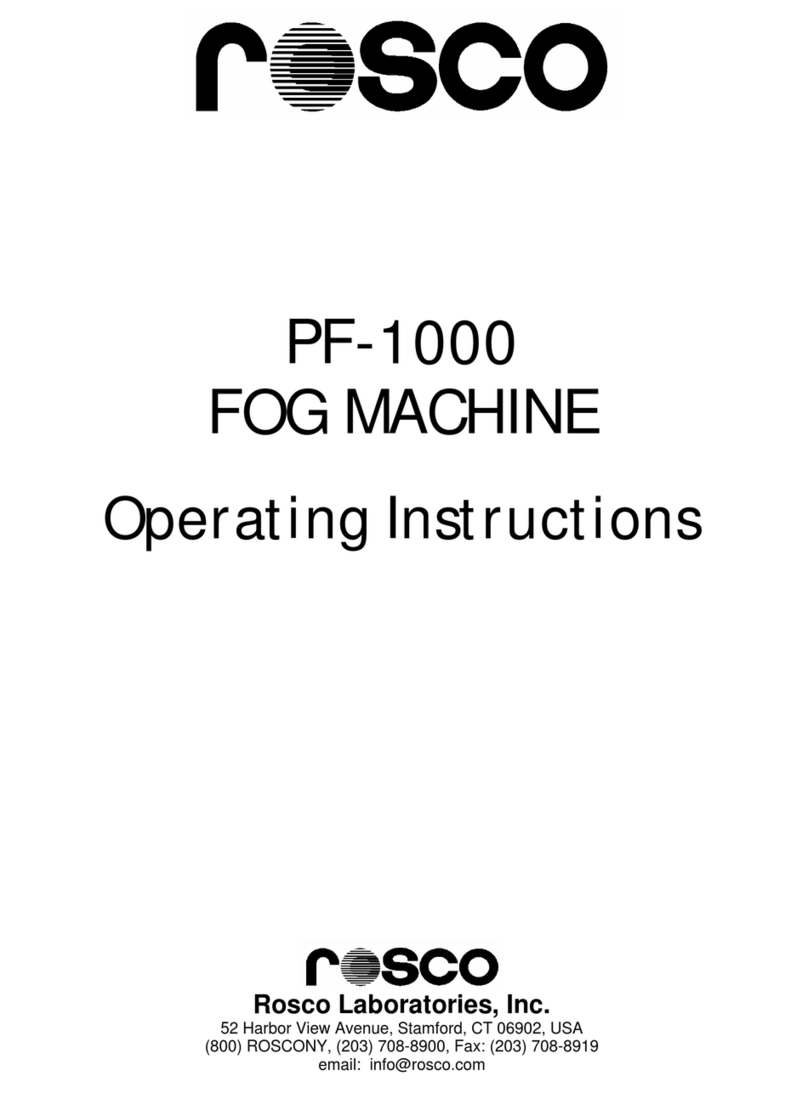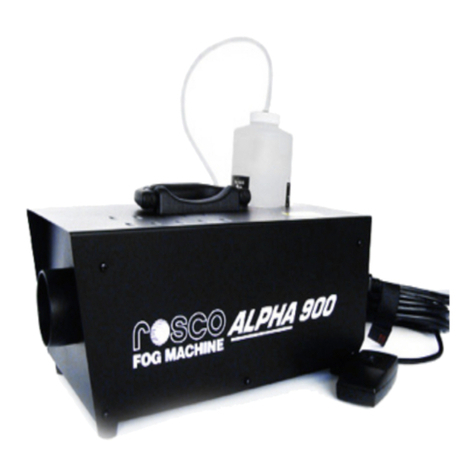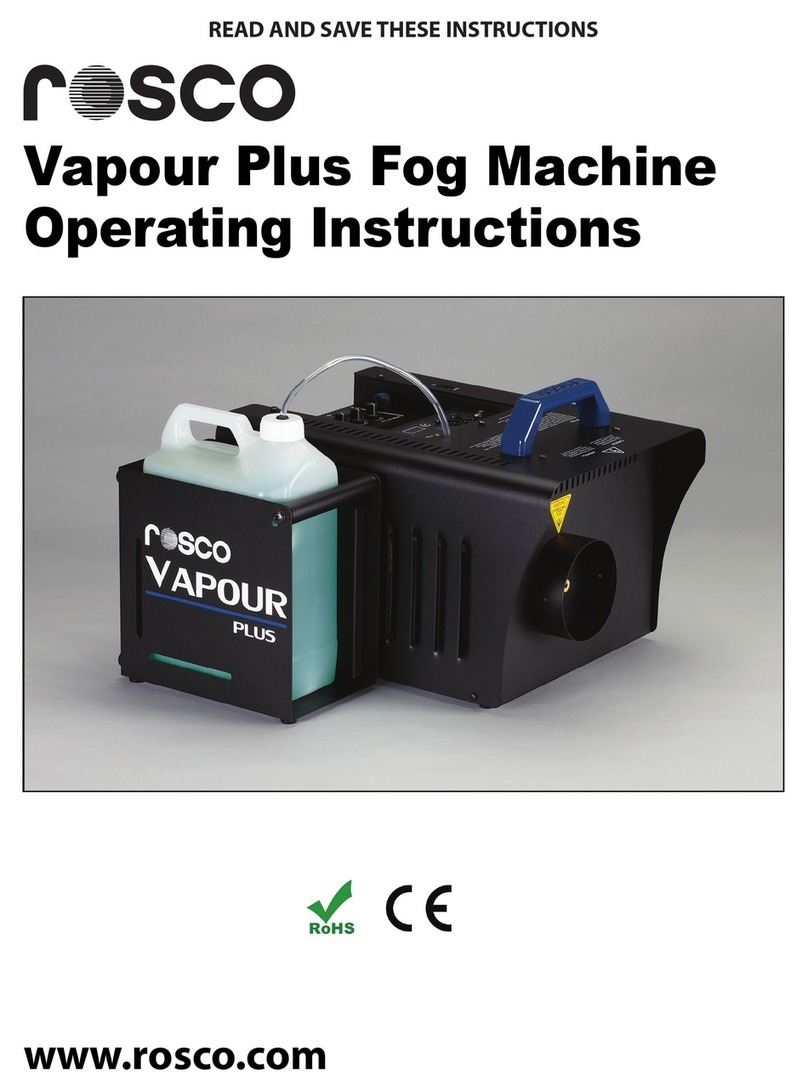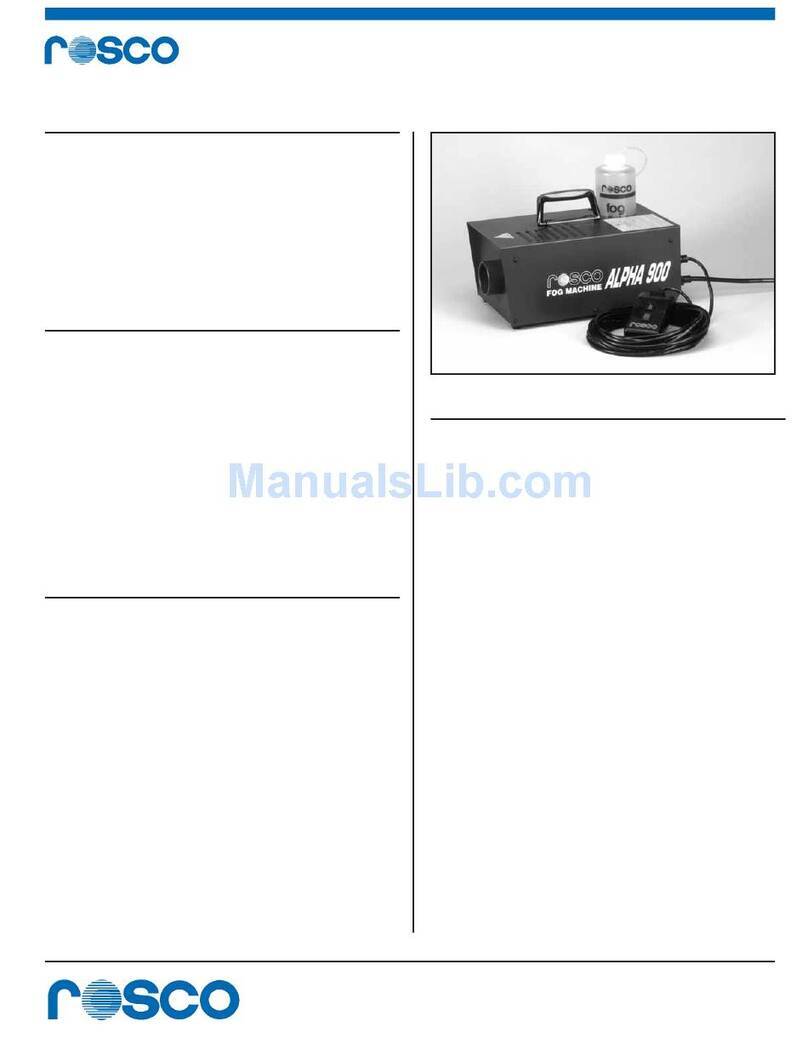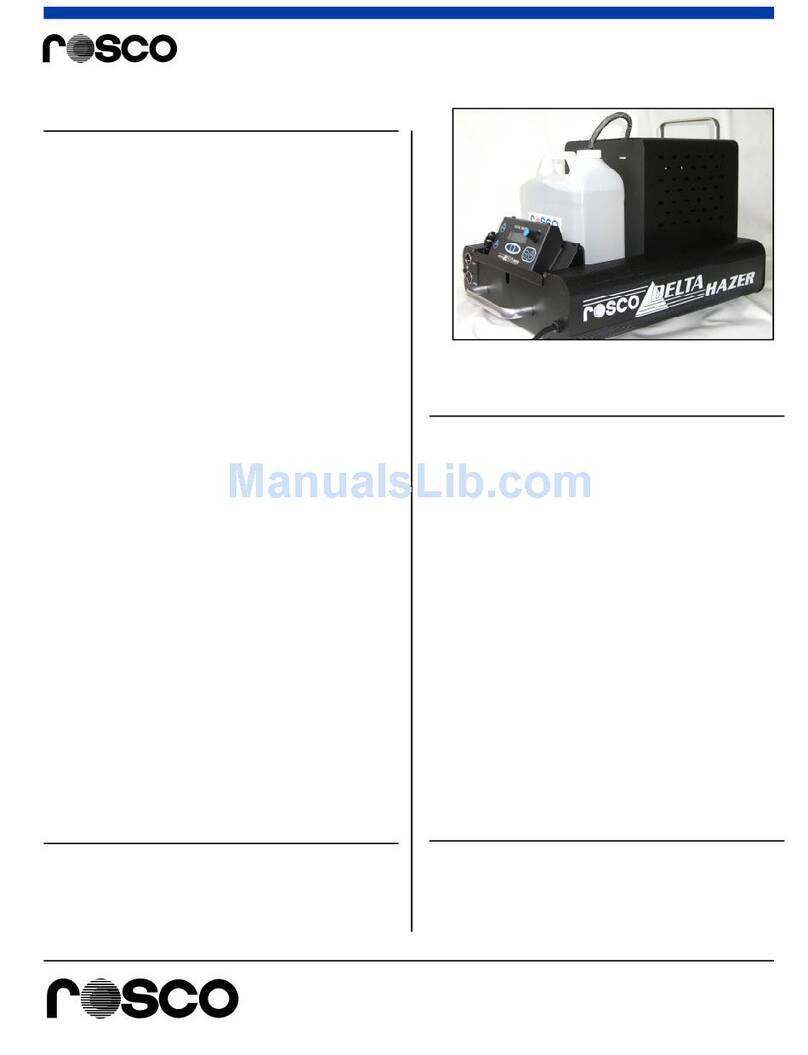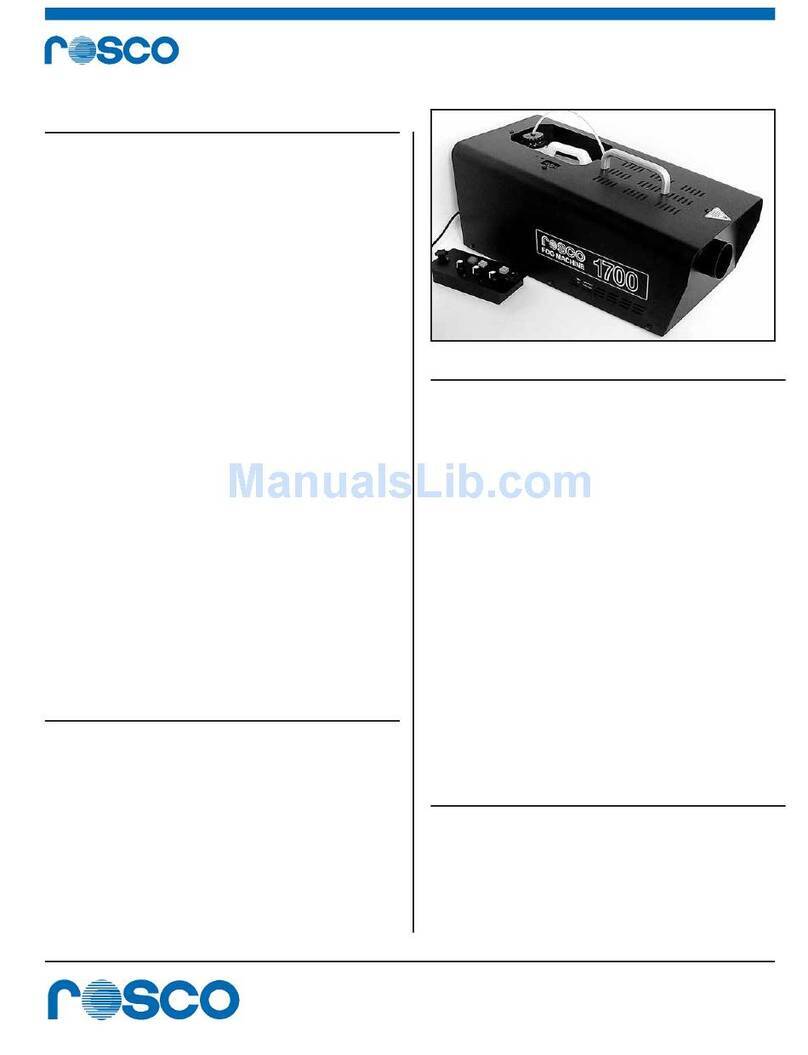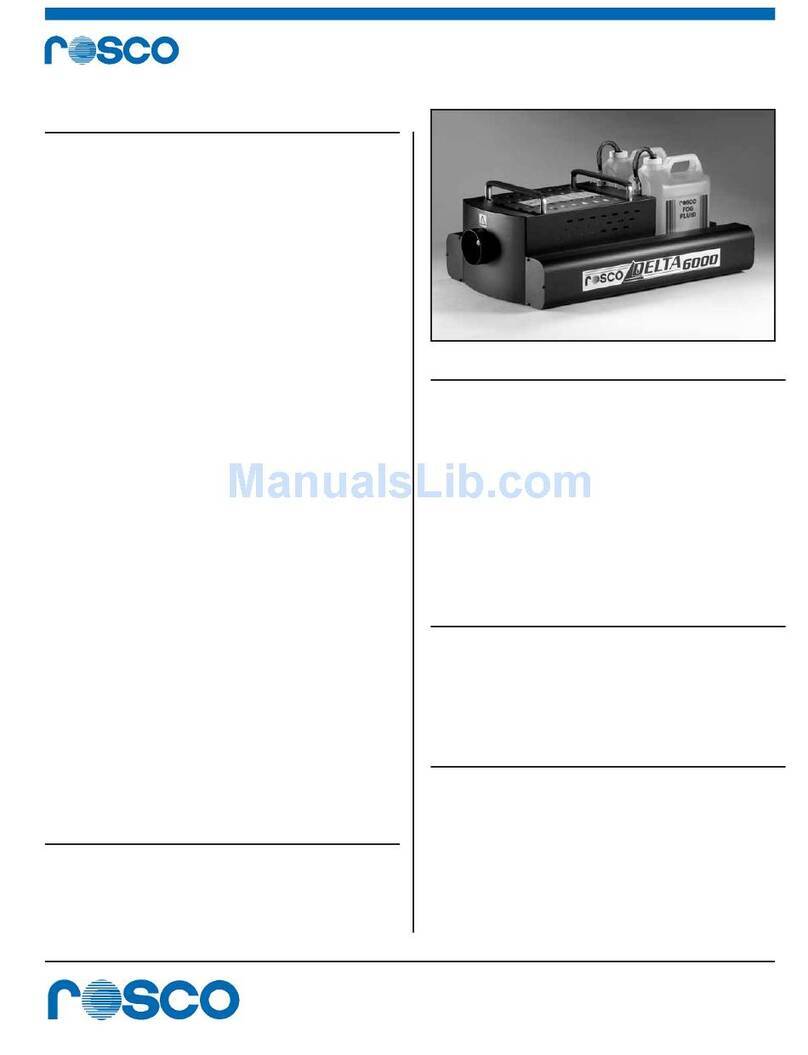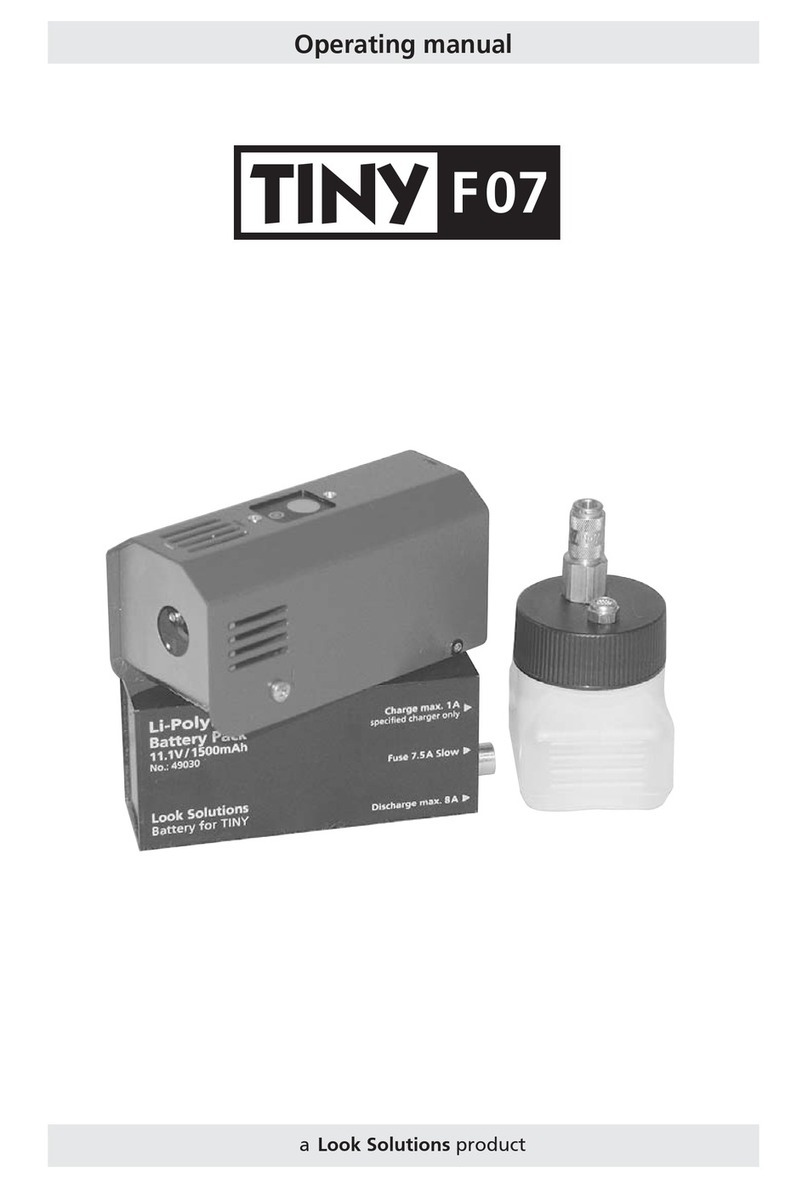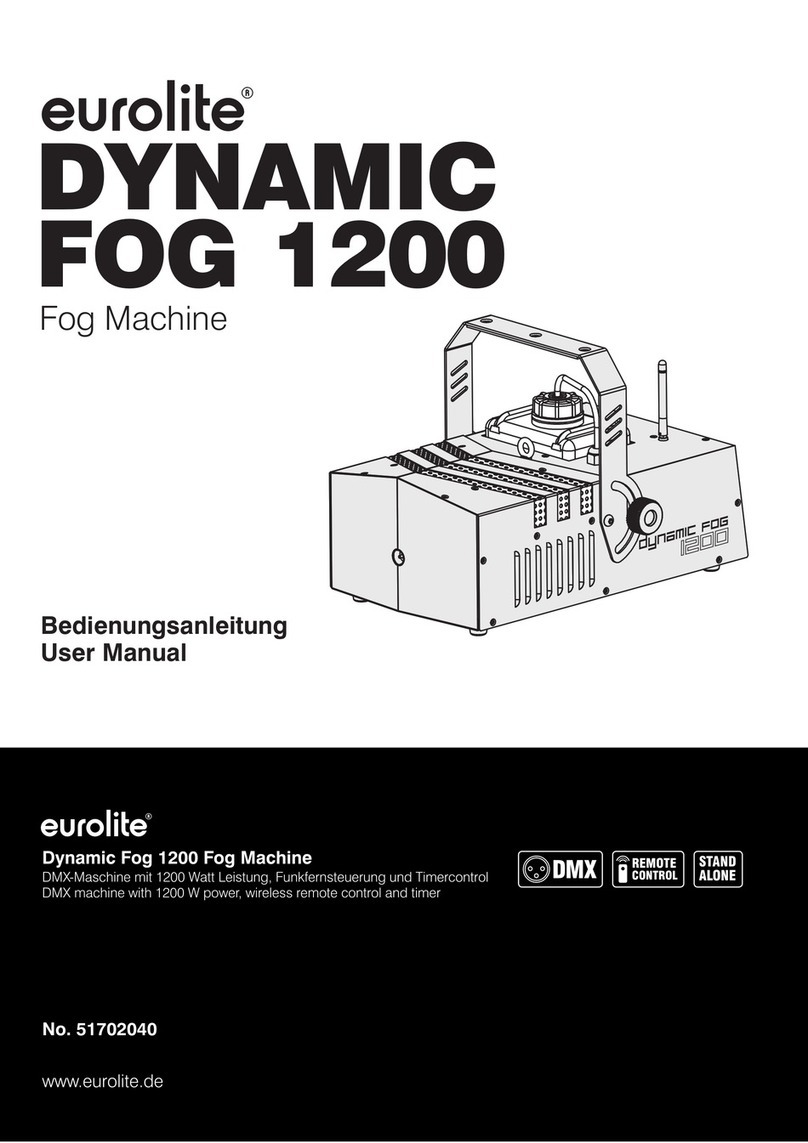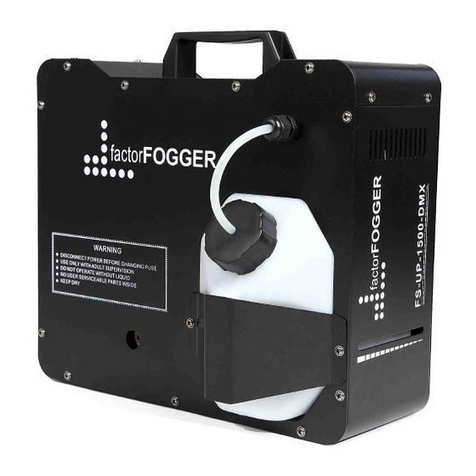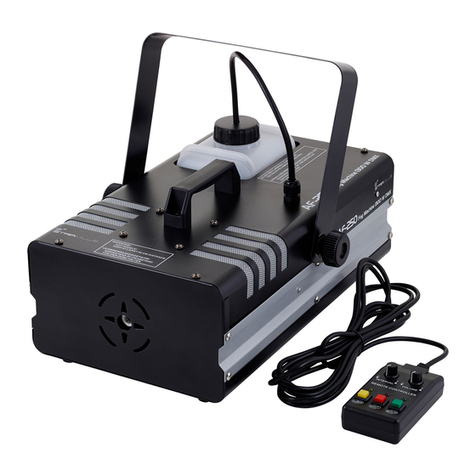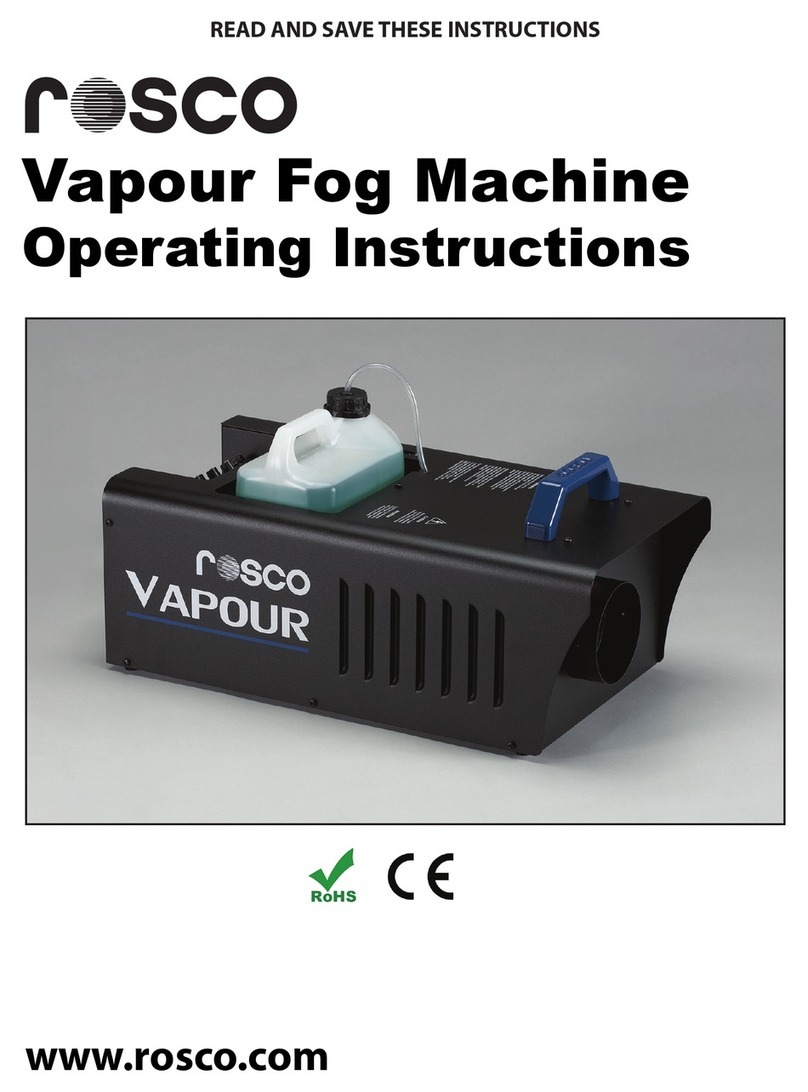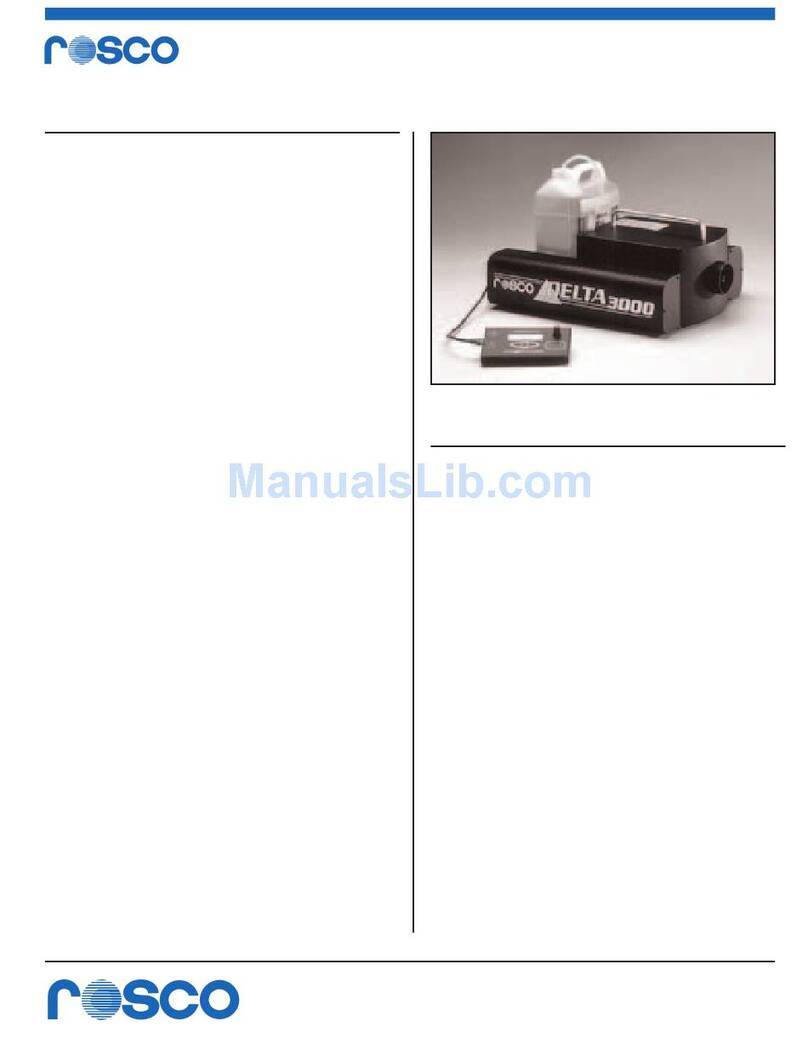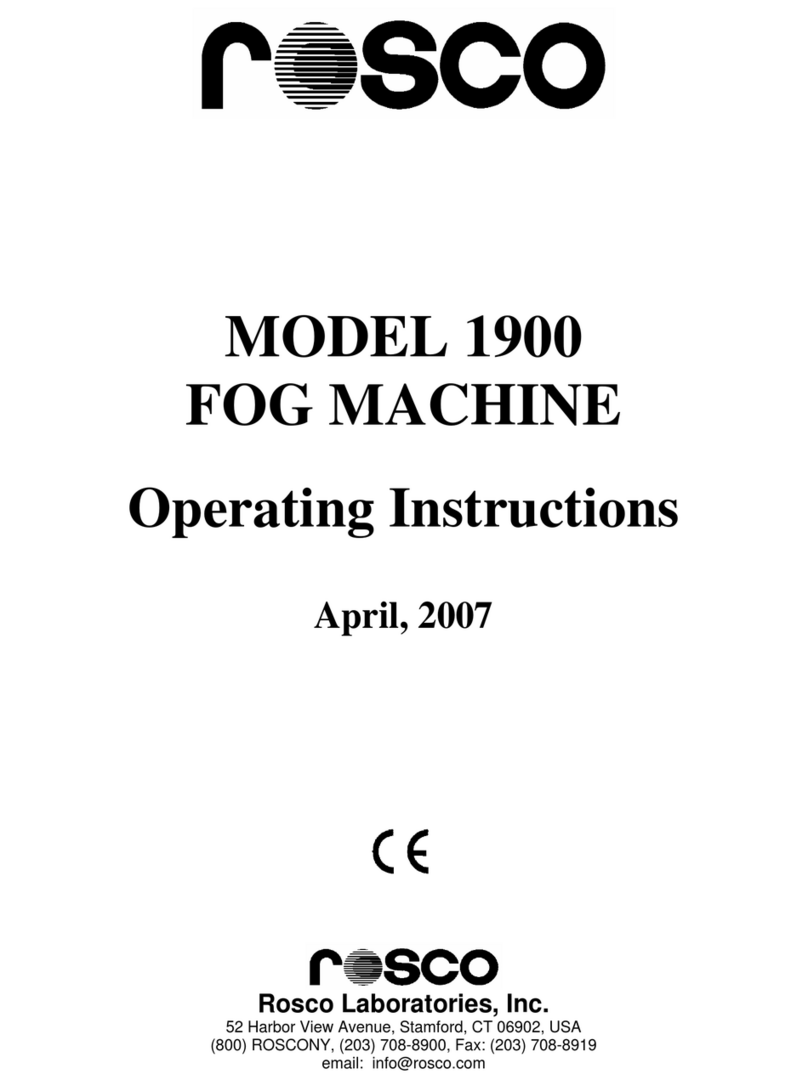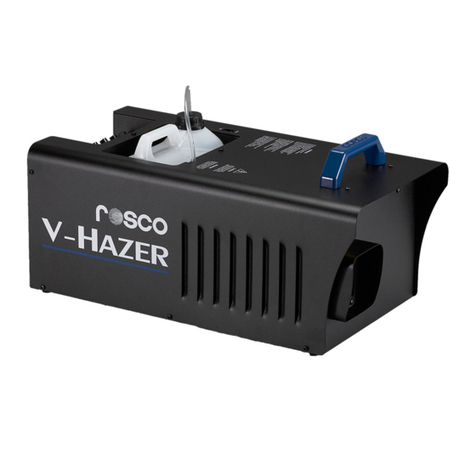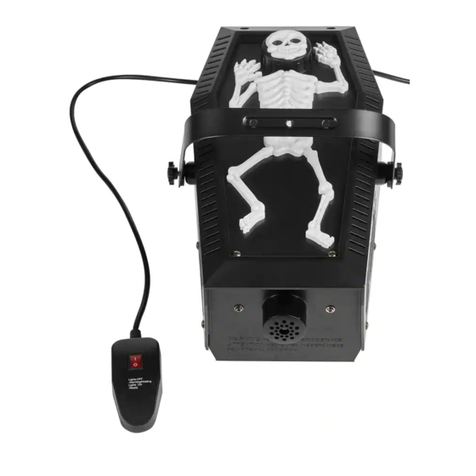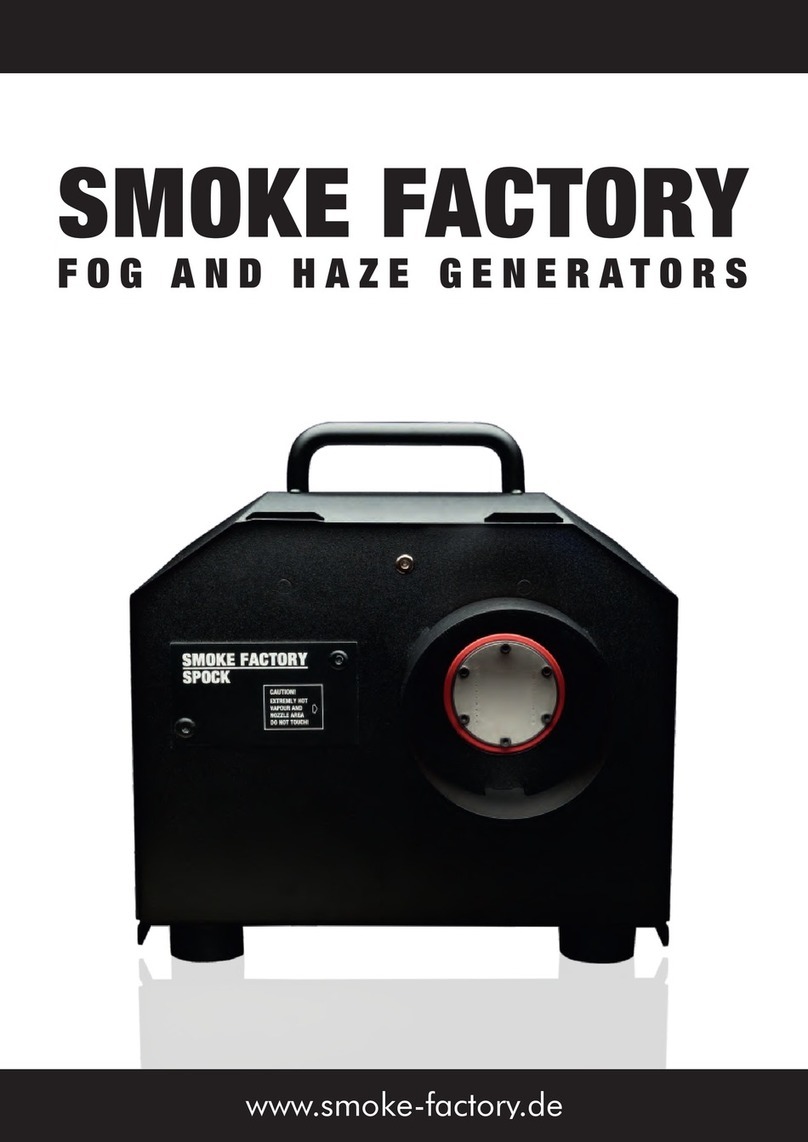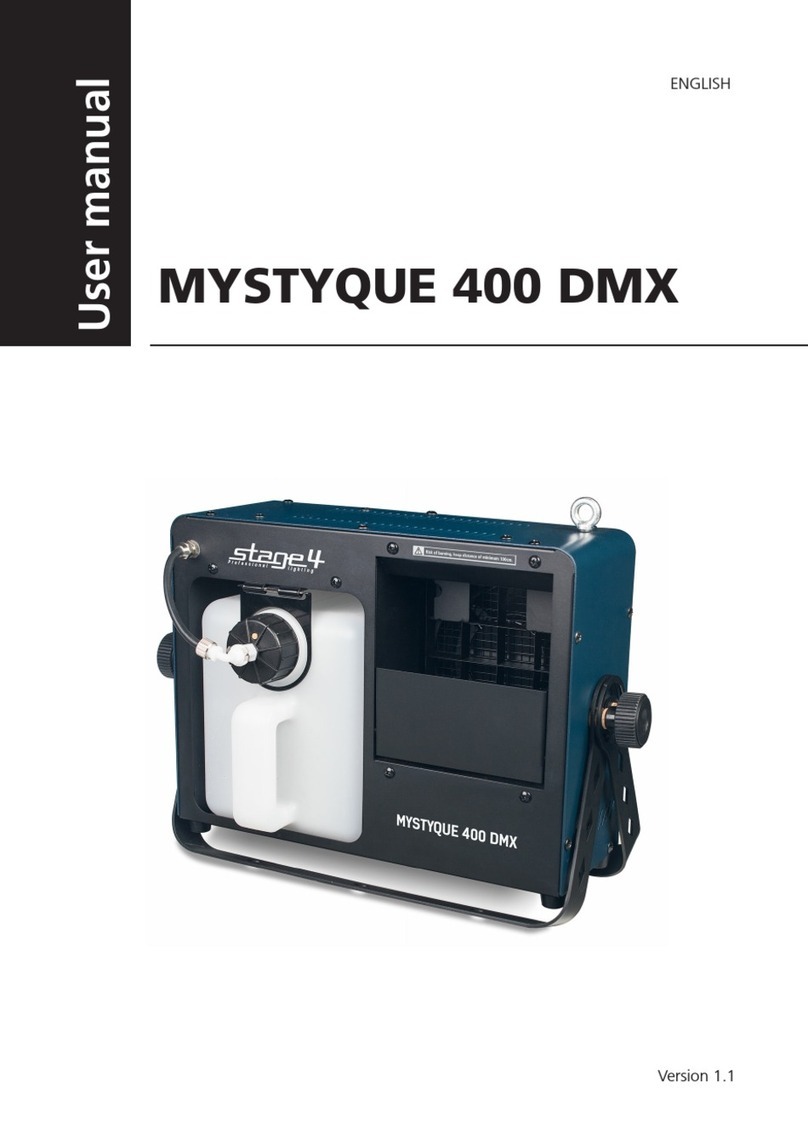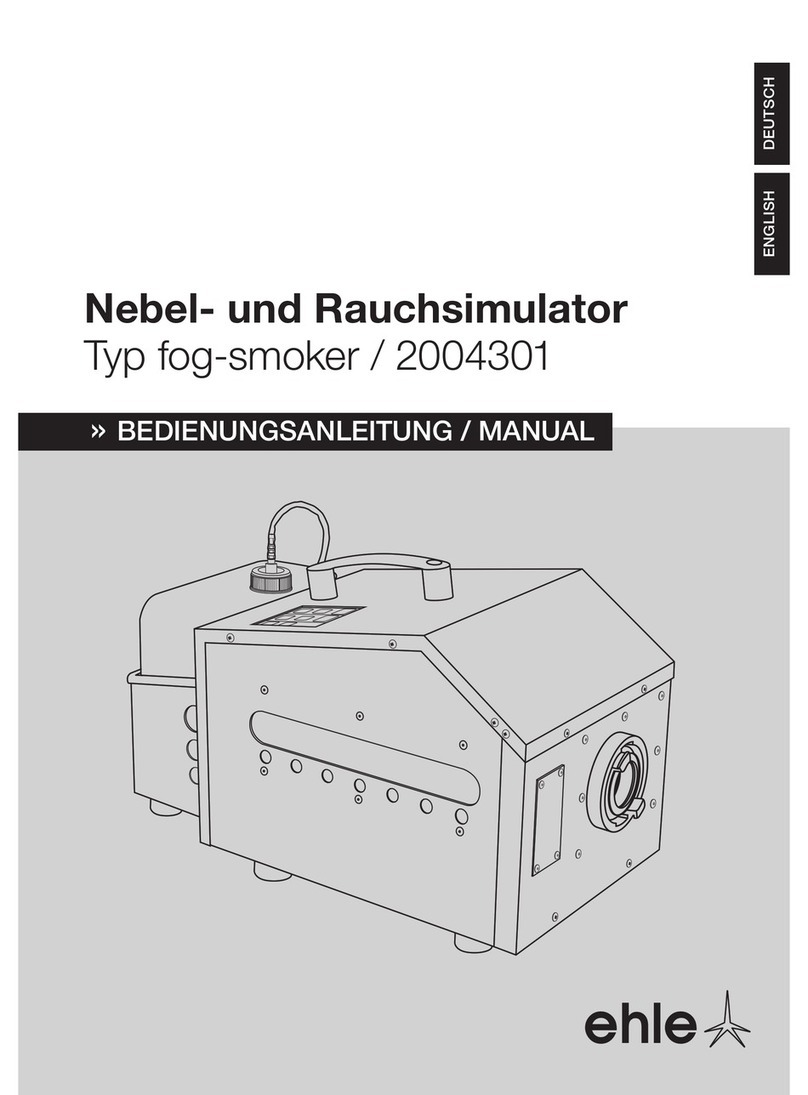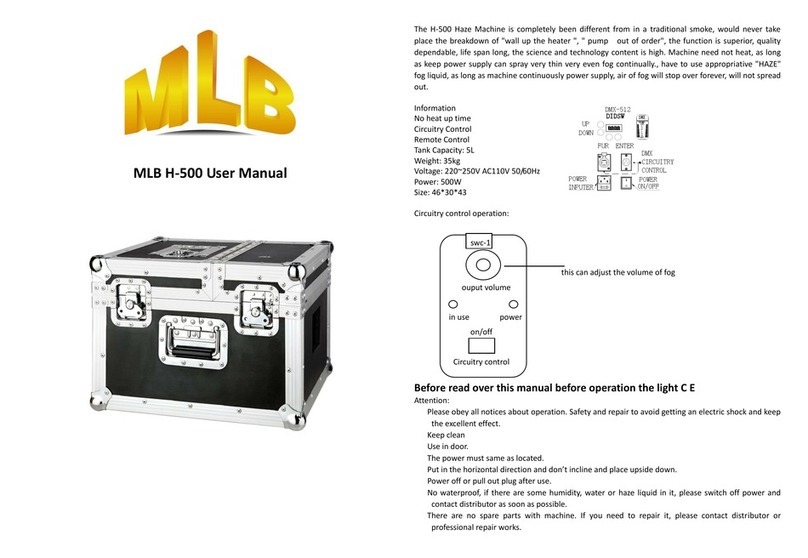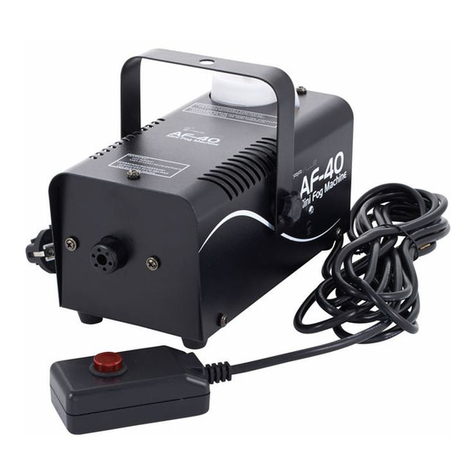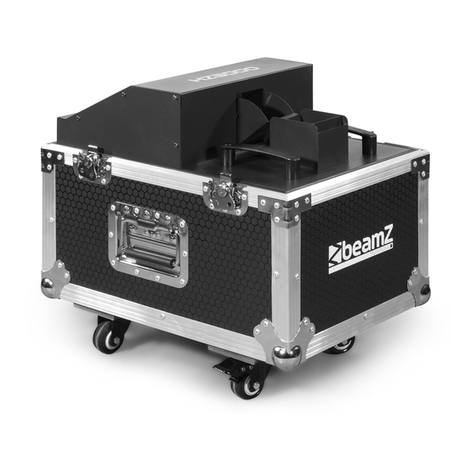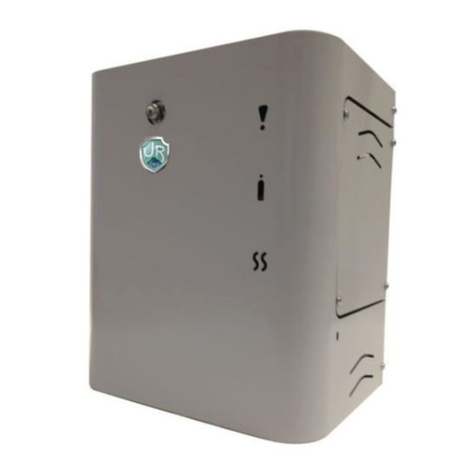
Aerosol Monitor Calibration
Four tripod assemblies were used for calibrating the aerosol monitor, each consisting of a
sampling pump, flexible tubing, sampling media (OVS trap for glycols), and an aerosol monitor.
The height of each tripod was approximately three feet. The room exhaust ventilation fans were
turned off during each run; no major movement occurred in the testing room during each run that
would affect haze dispersion.
a) The sampling pumps were calibrated to 2 liters per minute (LPM) using a BIOS
DryCal pump calibrator. The aerosol monitors were zeroed, the data logging function
of the aerosol monitor was turned on, and the data logging times for all of the aerosol
monitors were synchronized.
b) The Delta Hazer was placed on the floor, representative of its typical use in the field.
The tripods were placed at various distances from the haze machine release nozzle to
achieve a range of exposure concentrations.
c) The sampling pumps were turned on, followed by the Delta Hazer, allowing sustained
haze generation to occur. After a period of approximately one minute, the machine
was turned off; pumps were then allowed to draw air for two minutes or five minutes.
d) The OVS traps were capped and labeled to identify the haze machine, glycol fluid,
sampling location, and other sampling specifics. After being capped and labeled, the
OVS traps were placed in a cooler with ice packs.
e) The room exhaust ventilation fans were used between runs to clear residual aerosols
from the testing area.
The collection media and bulk fluid samples, along with appropriate field blanks, were
submitted for analysis to Analytics Laboratory of Richmond, Virginia, an American Industrial
Hygiene Association (AIHA) accredited laboratory.
Time and Distance Monitoring
To measure the levels of glycol present at different distances from the release point, a
series of six tripods equipped with aerosol monitors positioned at breathing height (approx. 5ft
above ground) were used. The Delta Hazer was turned on for durations ranging from 30 to 600
seconds, allowing sustained fog generation to occur, and then turned off. The six tripods were
then immediately placed within the fog plume at distances ranging from three to 27 feet from the
Delta Hazer release point. The aerosol monitors collected logged data on the fog levels as the
concentrations gradually dissipated.
ROSCO DELTA HAZER -4- E N V I R O N




















